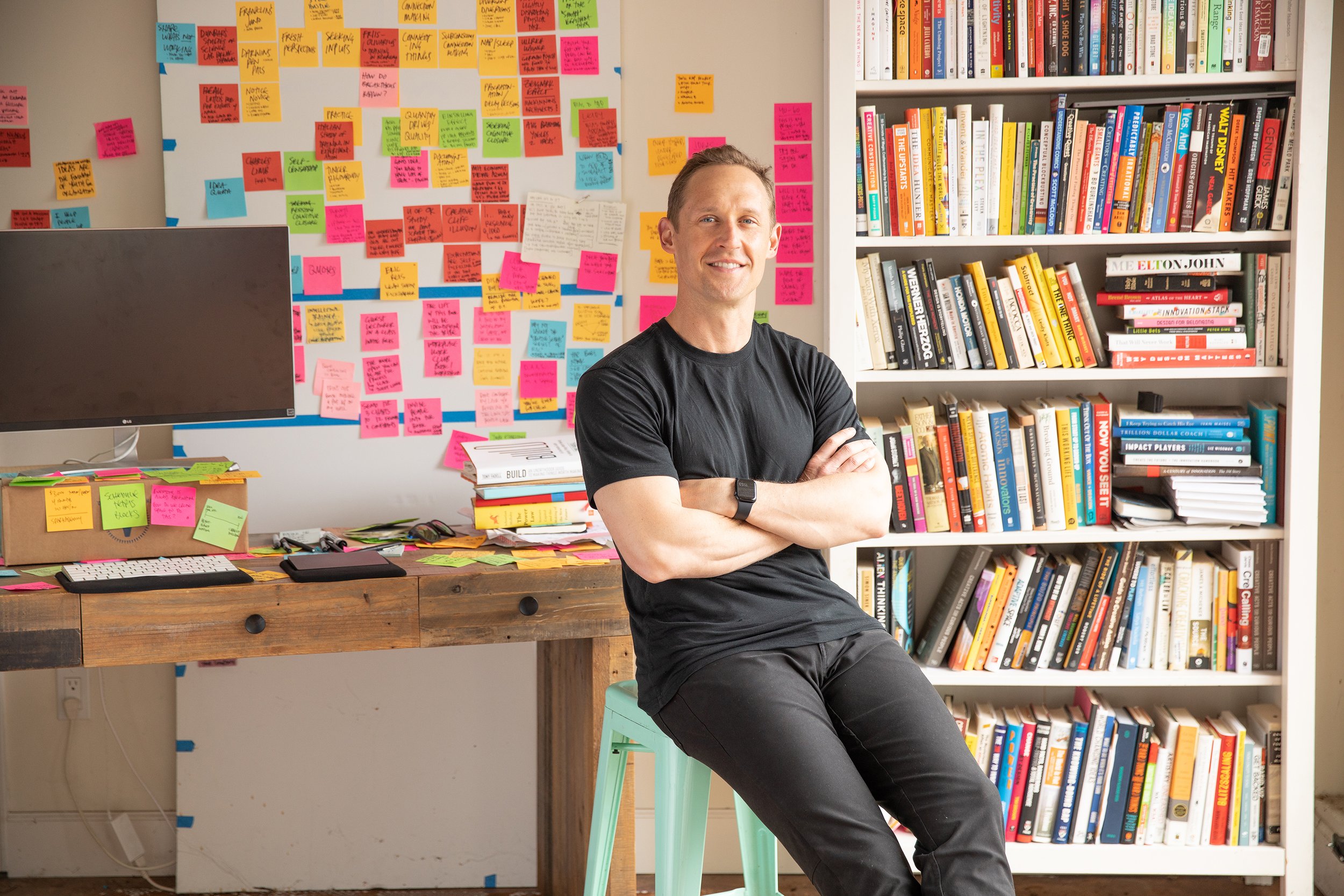
Methods of the Masters
A blog on the art & science of creative action.
Imagine Alternatives
Whenever a student asked legendary Stanford Professor Bob McKim for feedback on a new design concept, he consistently gave the same response: “Show me three.” Those three words contain a remarkable depth of wisdom.
Reach Outside Your Team
“Would anyone be interested in staying after class tomorrow to brainstorm experiments?” This simple post is one of the most-engaged-with in all of LaunchPad12’s Slack messages. It illustrates a profound source of wisdom.
Allow For Non-Linearity
We crave for our processes to buttoned up all nice and neat. But the creative process is rarely nice and neat. It is, as folks like to say, “non-linear.” I’ve realized how I’m guilty of eliminating all the messy bits that actually lead to the interesting outcomes.
Add Subtraction
In "Add Subtraction", the author explains how we tend to change the world by adding new things, but subtracting can lead to better results.
Magnify To Move On
What do you do when your work is being publicly attacked? Few have grappled with the question as deeply as Becky Margiotta, co-founder and champion of the 100,000 Homes campaign.
Iterate to Innovate
When we think of innovation, and the quantity required to break through, we think in terms of “different” ideas. Iterations are every bit as much viable alternatives, according to James Clear and Mr. Beast.
Balance Input & Output
A vibrant, productive creative practice is comprised of equal parts inspiration and effort. Knowing when you need which is an essential capability.
Stop Thinking
Ownership is an exceptional innovation diagnostic. Who came up with the good idea? A dysfunctional team will have a very clear memory of a very straightforward process.
Roast Your Problem
Some problems can be hard to see from different perspectives. William Hardaway, a design leader in higher education recommends taking a light-hearted approach to exposing unexplored angles.
Gather Lunatics
Gathering likeminded learners (aka lunatics) exponentially reduces the ramp of a new pursuit, normalizing courage in the face of intimidation. YouTube sensation Mr. Beast breaks it down here.
Flex Your Idea Muscle
Spectacular entrepreneurs craft clever experiments. But a robust experimentation practice demands a rigorous ideation ritual. In Stanford’s LaunchPad, we tell aspiring founders to do this.
Count Your Ideas
One of the simplest ways to measure your creative capacity is to count how many solutions you can imagine for any given problem. World-class creators actually, literally, count their ideas.
Earn Authority
Where does the authority to lead transformation comes from? Innovation leader and Stanford d.school coach Bill Pacheco shares insights from a recent engagement.
Cherish Creative Blocks
For all the talk about overcoming creative blocks and getting unstuck, we can neglect an important reality: A block is essential to a breakthrough! We need to learn to cherish them, and seek them, too…
Form A Hypothesis
A good hypothesis is one of the most valuable assets in the scientific world, and they’re only getting more valuable. The question is, how to form them? This is where design thinking shines.
Seek Critique
One of the most powerful ways to accelerate the quality of our ideas is to actively seek and embrace critique. Leaders who model embracing critique create psychological safety for others to accelerate, too.
Wield Your Weird
I’ve learned to ask MOC guests, “What’s something you do as a part of your normal work process that requires some explanation or justification?” I’ve been shocked by how consistently folks do things that seem to be, well, weird.
Talk To Strangers
Here’s my simple, battle-tested guideline for winning at SXSW. Developed to help me combat the tendency towards comfort-seeking and awkwardness-reduction. Applied in painfully cringe-worthy moments, with delightful results.
Sacrifice For Your Craft
Deep in the throes of SXSW FOMO, I found myself heartened to keep up my daily blogging practice by an unlikely hero: Mike Winkelmann, aka the digital artist Beeple, who’s been making daily sacrifices for his art for over a decade. Spoiler: it paid off.
Gather Legos
Wildly inventive and creative individuals have a habit of gathering conceptual pieces — aka legos — before they know exactly what they’re going to do with them. The more legos you collect, the more unexpected combinations you can make.




















